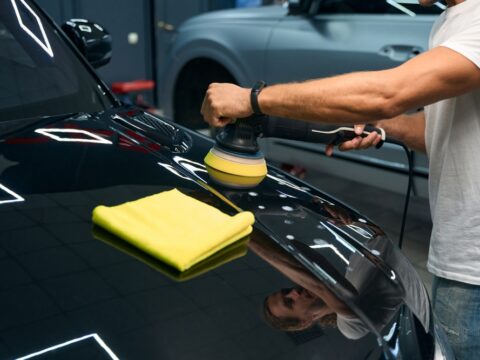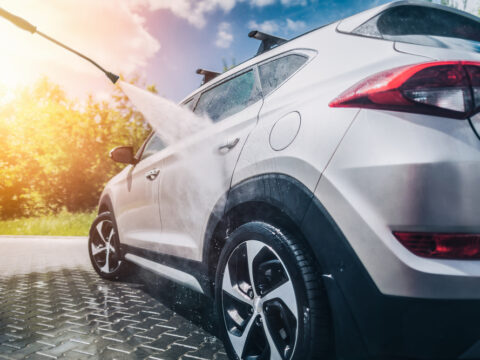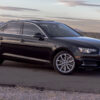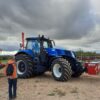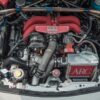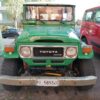In a world where road safety is a top priority, vehicle-to-vehicle (V2V) communication technologies are changing the way we prevent accidents. These systems allow cars to “talk” to each other, sharing real-time information like speed, location, and potential hazards. With this data, drivers and automated systems can respond faster to avoid collisions. Here’s a look at 15 promising V2V technologies that could make our roads much safer.
Contents
Basic Safety Message
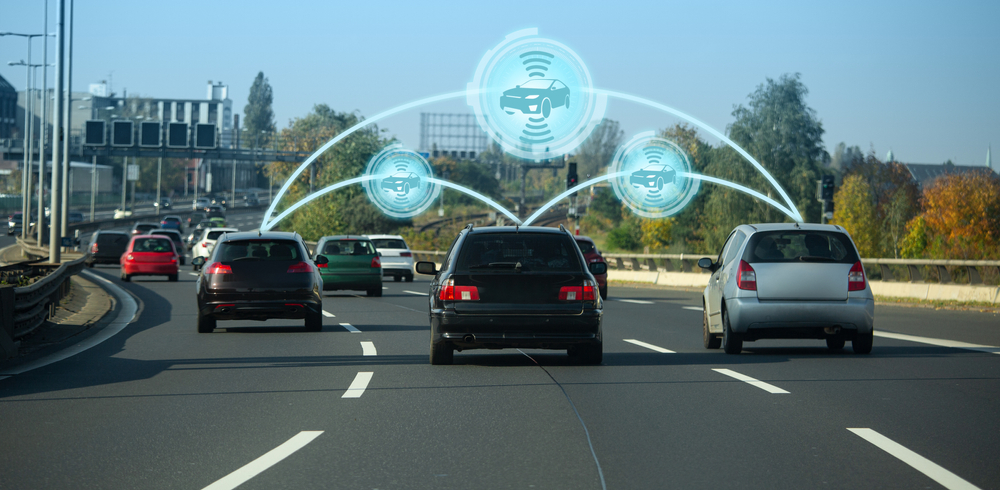
Basic Safety Messages (BSMs) are central to vehicle-to-vehicle (V2V) communication, relaying vital data such as speed, location, and direction between cars. These messages enable vehicles to anticipate each other’s movements, significantly reducing response time in situations like sudden stops or lane changes. With BSMs transmitting 10 times per second, the system offers a high degree of accuracy, creating a real-time network of awareness among vehicles. Drivers, therefore, receive immediate alerts to take preemptive action.
Emergency Electronic Brake Light
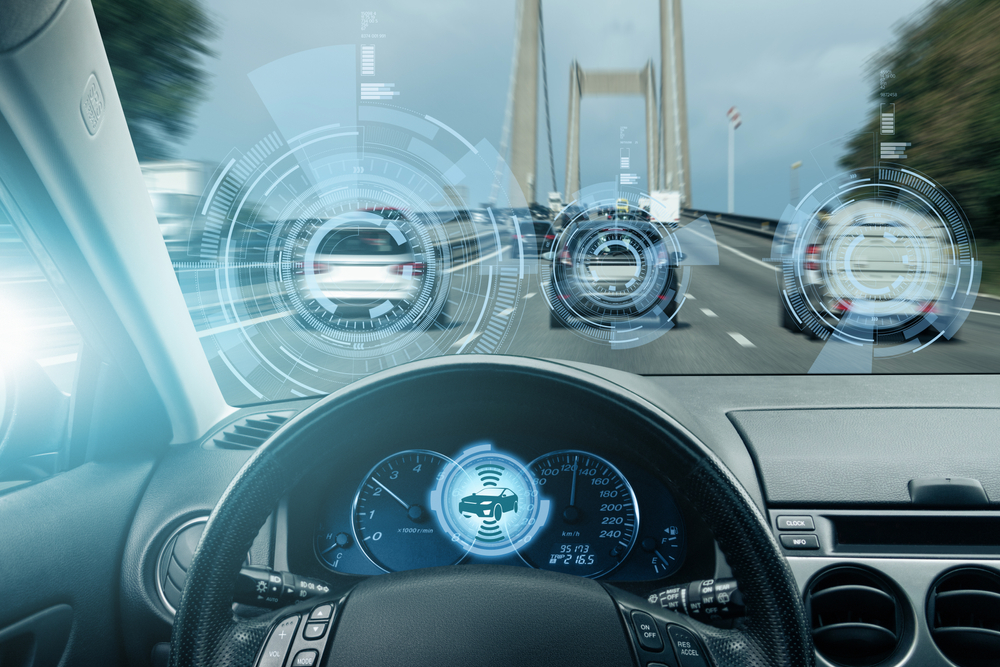
The Emergency Electronic Brake Light (EEBL) system notifies drivers when a vehicle in front, even one obscured from view, brakes suddenly. Using V2V communication, it can provide early alerts about sudden deceleration or obstacles ahead, giving drivers ample time to respond. Rear-end collisions, which are frequent, could see a reduction with the widespread use of EEBL. Particularly in low-visibility conditions like fog or rain, this feature enhances driver awareness and safety. Ultimately, EEBL promises to be a valuable tool in reducing highway pileups.
Intersection Movement Assist
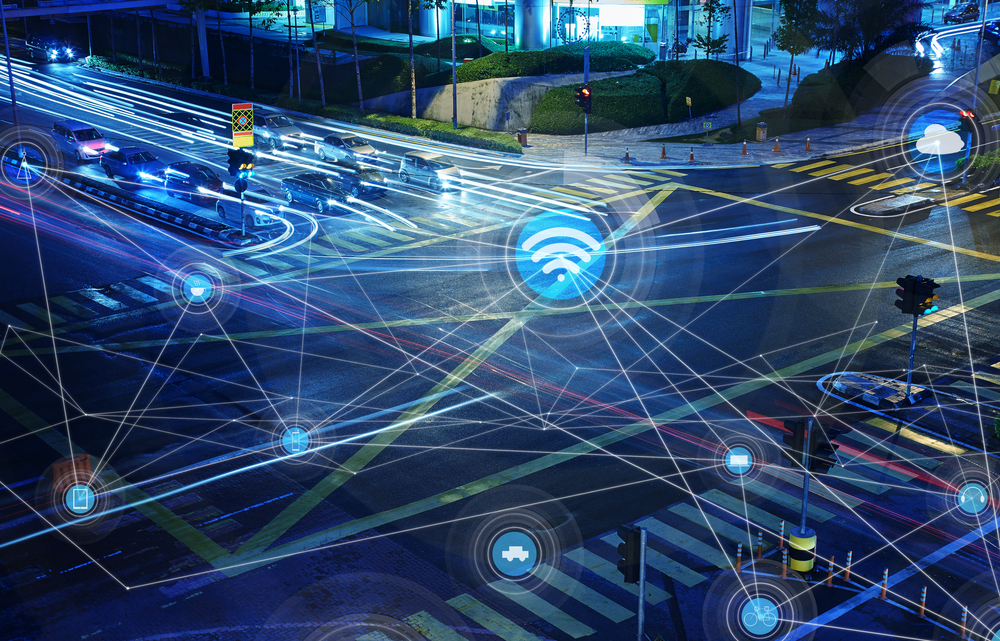
Intersection Movement Assist (IMA) technology warns drivers of approaching vehicles at intersections, where accidents frequently occur. This system detects vehicles coming from directions outside a driver’s line of sight, such as cross streets or obstructed lanes, thanks to V2V communication. With intersection accidents often arising from misjudged speeds or visibility issues, IMA acts as an additional layer of safety. Early testing suggests that IMA could reduce the number of intersection-related crashes each year.
Do Not Pass Warning
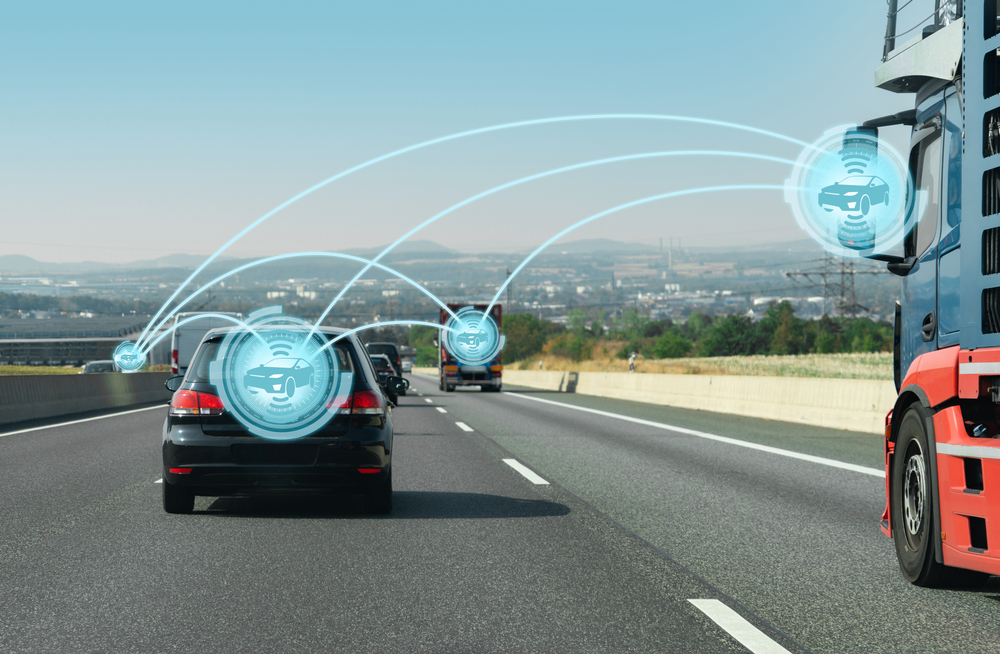
Do Not Pass Warning (DNPW) technology alerts drivers when it is unsafe to pass, such as when an oncoming car is in the passing lane. DNPW detects approaching vehicles in blind spots or at unsafe speeds, making it especially beneficial for two-lane roads. By calculating speed and distance, the system issues timely alerts that discourage dangerous overtaking. This technology has shown promise in reducing head-on collisions, which are common on rural roads.
Left-Turn Assist
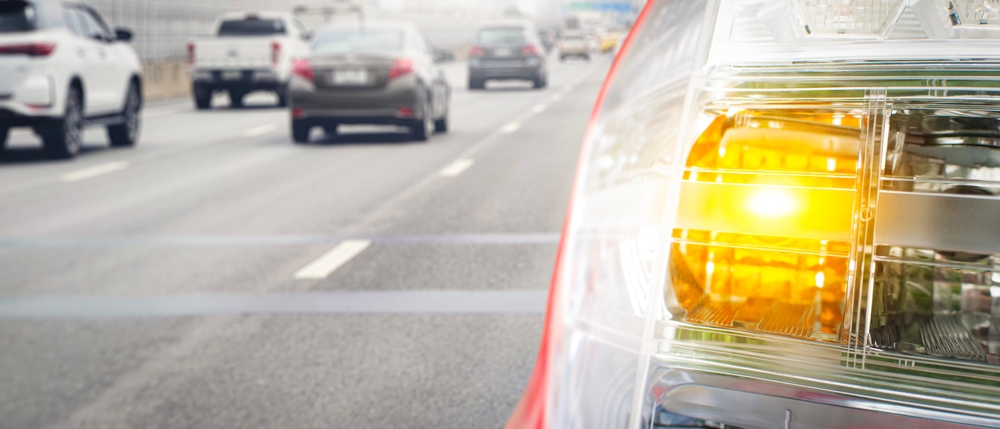
Left-Turn Assist (LTA) uses V2V communication to alert drivers of potential collisions when making left turns, a high-risk maneuver at many intersections. The system assesses the speed and direction of oncoming vehicles and issues warnings if a collision seems imminent. Since left turns are often challenging due to traffic flow and visibility, LTA provides critical support. Studies indicate that LTA can prevent up to 25% of intersection accidents involving left turns.
Forward Collision Warning
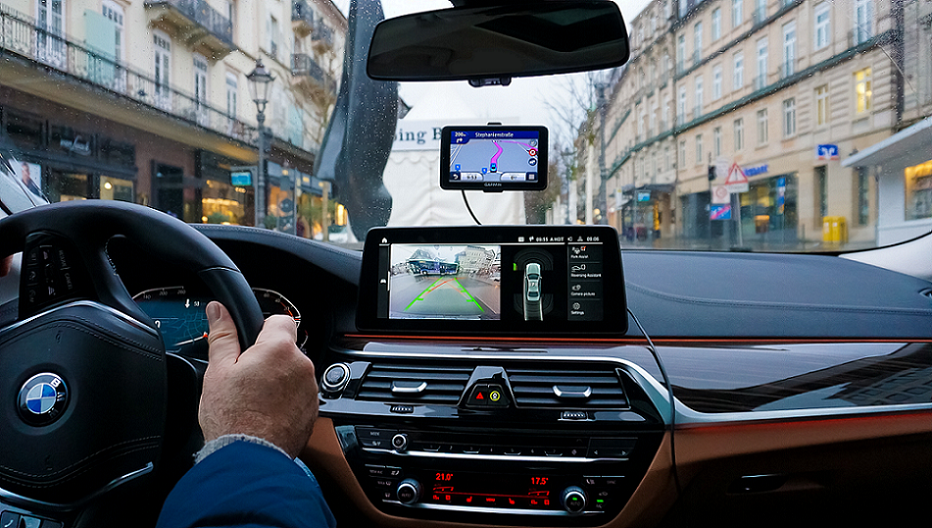
Forward Collision Warning (FCW) technology detects sudden changes in speed from vehicles ahead, alerting the driver to brake to avoid a collision. Especially helpful in heavy traffic, FCW minimizes rear-end collisions by providing early warnings of potential impact. Rear-end accidents are among the most frequent types of crashes, and FCW’s real-time communication is proven to reduce them by nearly 20%. With vehicles able to react instantly, safety on crowded roads is greatly enhanced. FCW is rapidly becoming a standard safety feature for newer vehicles.
Blind Spot Warning
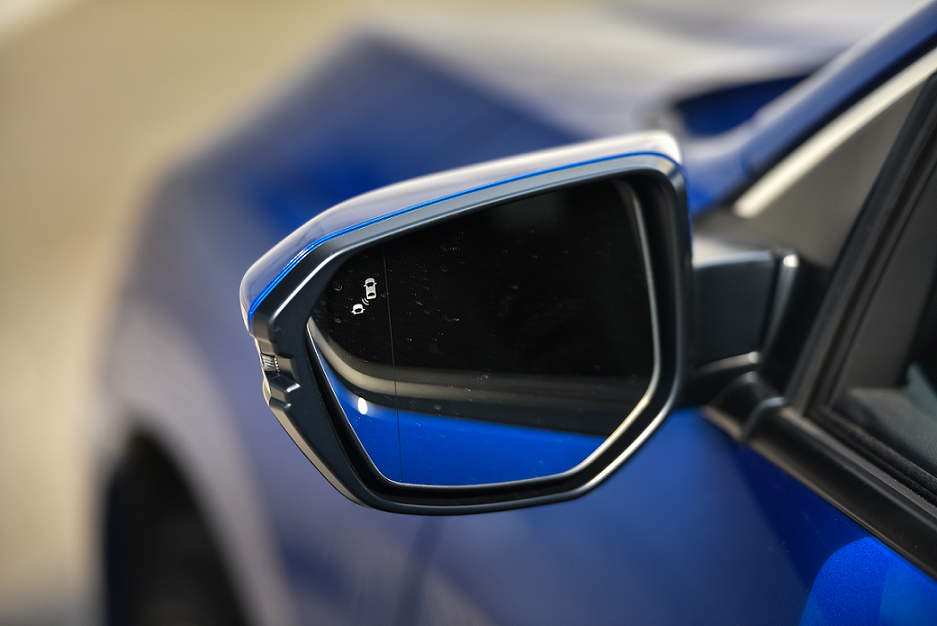
Blind Spot Warning (BSW) systems inform drivers of vehicles in their blind spots, reducing side-swipe incidents caused by unseen cars. By receiving positional data from nearby vehicles, BSW warns the driver before they attempt to change lanes. Side-swipes and similar accidents are common on highways, where lane changes are frequent and high-speed merges often risky. This feature greatly improves driver awareness on busy roads. Increased adoption of BSW could reduce accidents caused by these challenging blind spots.
Traffic Jam Assist (TJA)
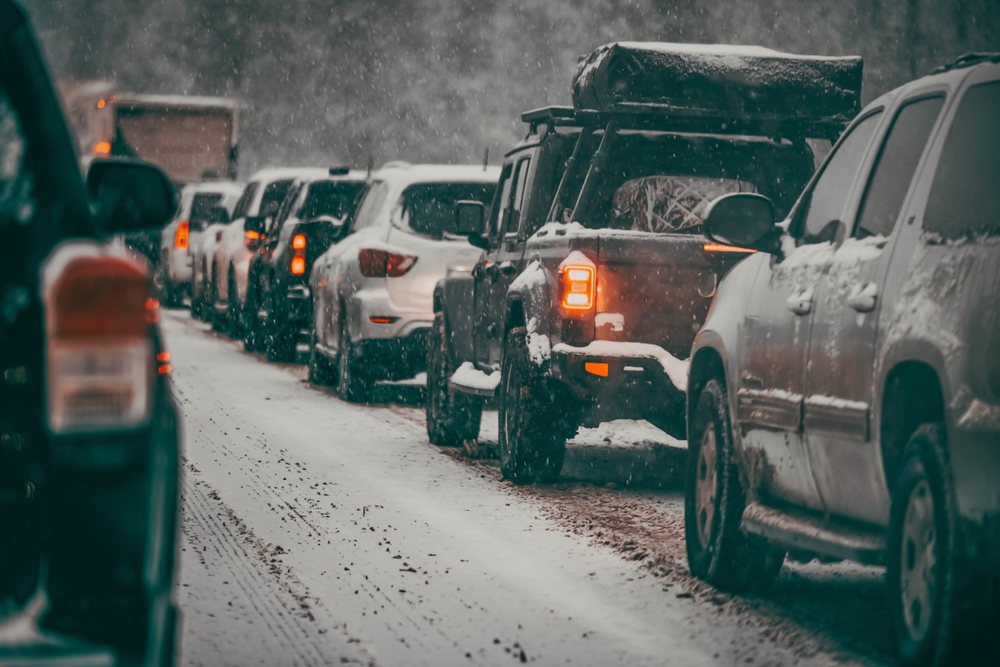
Traffic Jam Assist (TJA) helps vehicles manage speed during congested traffic, using V2V communication to reduce rear-end and side-swipe accidents. TJA maintains safe following distances and adjusts speed to match surrounding cars, alleviating the stress of stop-and-go traffic. In dense urban areas, TJA is shown to promote smoother traffic flow and prevent collisions. It also reduces driver fatigue, which can contribute to inattentiveness and collisions. By enhancing responsiveness in jams, TJA makes congested driving safer.
Lane Departure Warning (LDW)
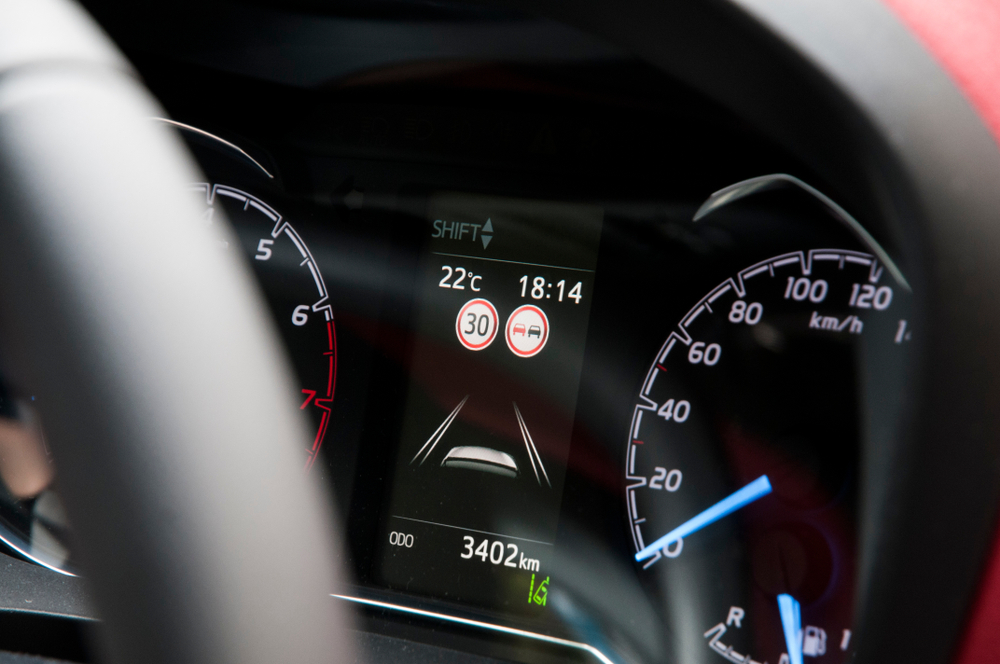
Lane Departure Warning (LDW) systems alert drivers if their vehicle unintentionally drifts out of its lane, addressing one of the common causes of highway accidents. Using V2V data, LDW systems detect lane shifts in nearby vehicles as well, preventing unintentional lane encroachment. Distractions and driver fatigue often lead to lane drift, making LDW a valuable safety tool. Studies indicate that LDW can reduce lane-related accidents by nearly 33%.
Road Condition Monitoring

Road Condition Monitoring uses V2V communication to report hazardous road surfaces, such as ice, potholes, or flooding, improving safety. By sharing data on road conditions, vehicles help one another adjust speeds or change routes. Poor road conditions are responsible for many accidents, especially in adverse weather. Real-time surface updates empower drivers to take appropriate precautions. This technology has the potential to greatly enhance safety in regions with variable weather.
Speed Harmonization
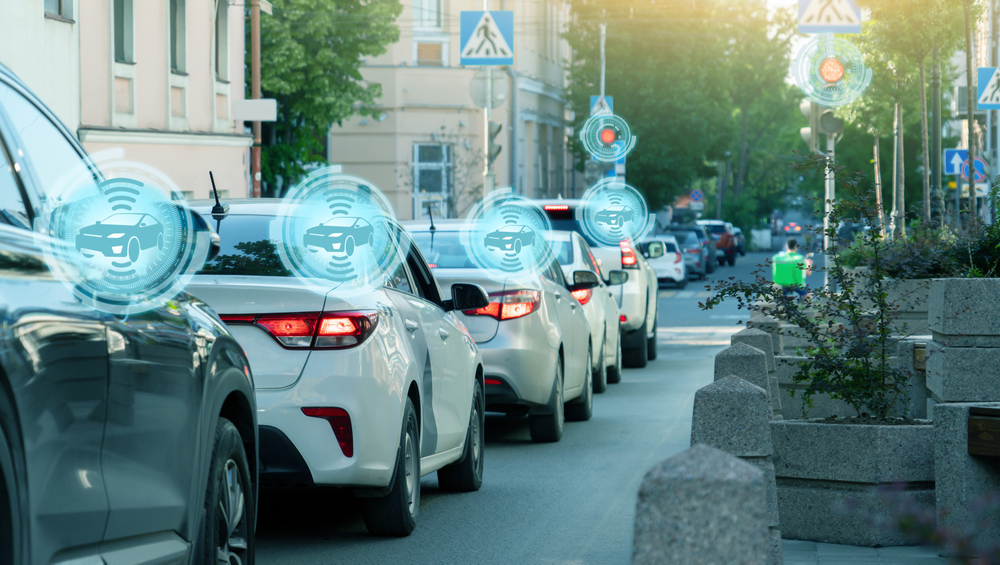
Speed Harmonization works by synchronizing vehicle speeds to reduce accidents related to sudden braking or congestion. V2V communication allows vehicles to automatically adjust speed, maintaining a smoother, more coordinated traffic flow. High-density traffic areas, where rear-end accidents are common, could benefit significantly from this technology. Studies show it can lower the risk of chain-reaction collisions, promoting both safety and efficiency. Over time, speed harmonization could make highways safer while alleviating congestion.
Adaptive Cruise Control (ACC) Synchronization
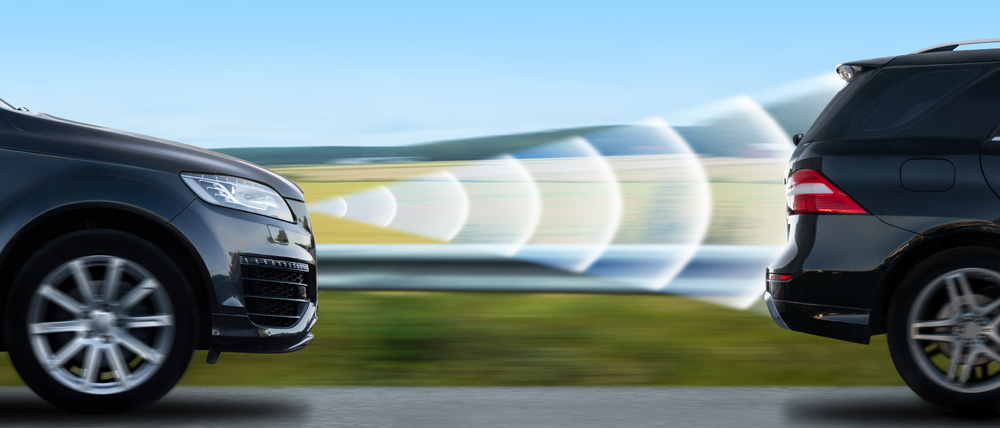
Adaptive Cruise Control (ACC) Synchronization relies on V2V technology to match a vehicle’s speed with surrounding traffic, reducing the likelihood of rear-end collisions. With communication-based speed adjustment, ACC can anticipate changes in traffic flow, allowing smoother and safer driving. Delayed braking due to human error, a common accident cause, is minimized by this feature. Research shows synchronized ACC helps reduce accidents in moderate to heavy traffic. This technology also improves the driving experience by providing automatic adjustments in congested conditions.
Platooning for Commercial Vehicles
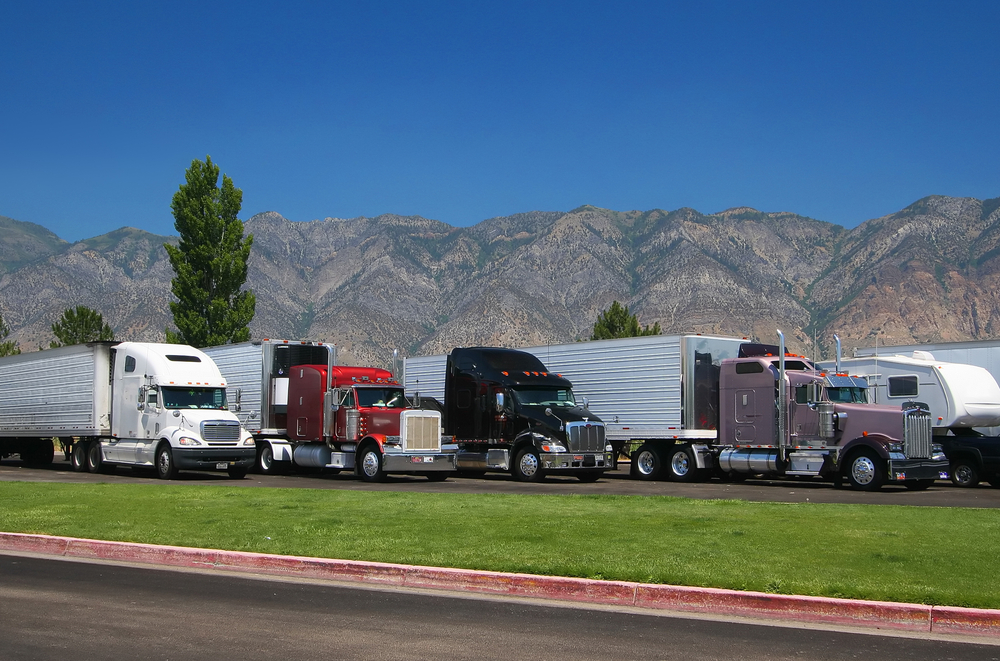
Platooning enables commercial trucks to travel in closely spaced formations, with V2V communication maintaining uniform speeds and distances between vehicles. This feature enhances braking synchronization, reducing rear-end collisions—a frequent issue in freight transport. Platooning has also been shown to improve fuel efficiency on long-distance routes. The technology allows for more responsive braking, minimizing the risk of multi-vehicle accidents. As platooning becomes more common, freight transport could become both safer and more economical.
Wrong-Way Driving Detection
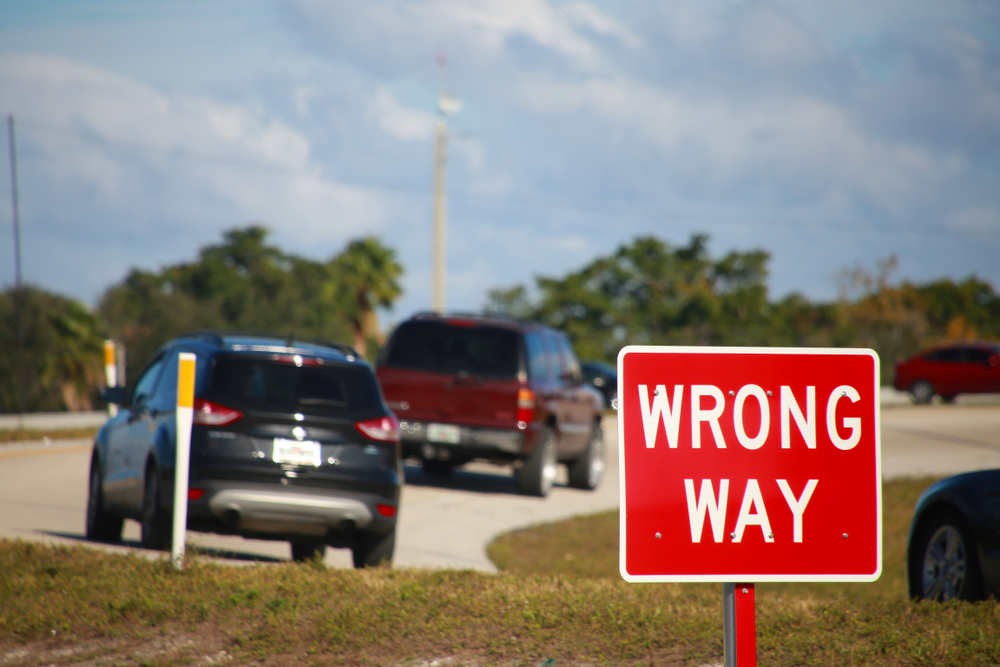
Wrong-Way Driving Detection warns drivers if another vehicle is traveling in the wrong direction, which can help prevent devastating head-on collisions. This system detects and communicates wrong-way driving events to surrounding vehicles, allowing them to take quick, evasive action. Wrong-way accidents often lead to severe injuries or fatalities, particularly on highways. Early warning of such events enables drivers to take preventive measures. This technology is especially effective during night driving when visibility is low.
Vulnerable Road User Protection
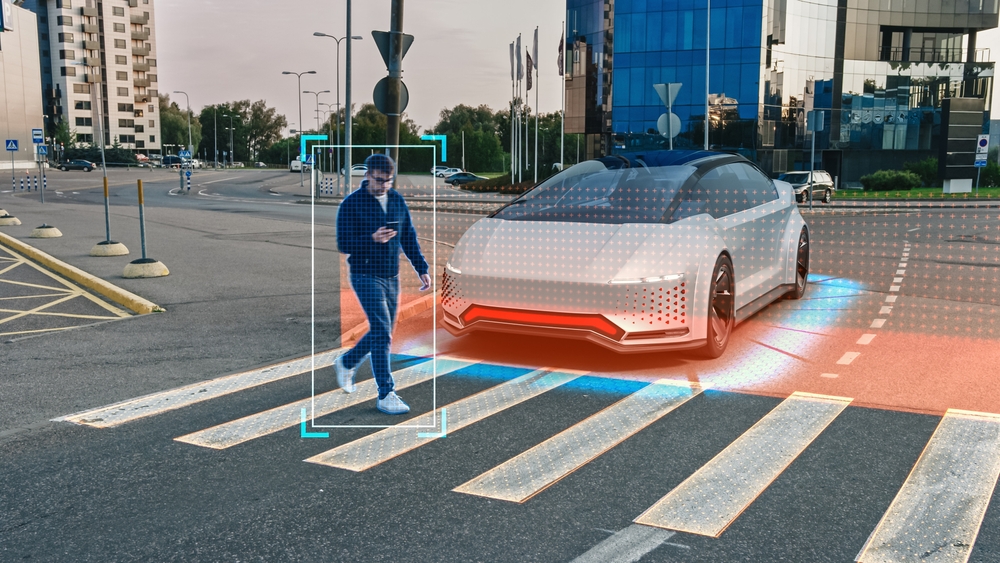
VRU Protection alerts drivers to nearby pedestrians and cyclists, helping to avoid accidents involving vulnerable road users. In high-foot-traffic areas, V2V technology warns drivers of non-vehicle road users, reducing collision risks. This system is essential in busy cities where pedestrian-vehicle accidents are common. By improving visibility around these individuals, VRU technology enhances overall road safety. It serves as a valuable tool for safer shared road environments.
This article originally appeared in MyCarMakesNoise.
More from MyCarMakesNoise
7 Motorhomes That Didn’t Measure Up to Expectations

Sometimes, even the most promising motorhomes don’t live up to the excitement. Whether it’s a lack of features, unexpected issues, or simply not delivering on the luxury promised, not every motorhome is a hit. Read More.
20 Luxury Car Features That Look Cool but Fall Short on Functionality
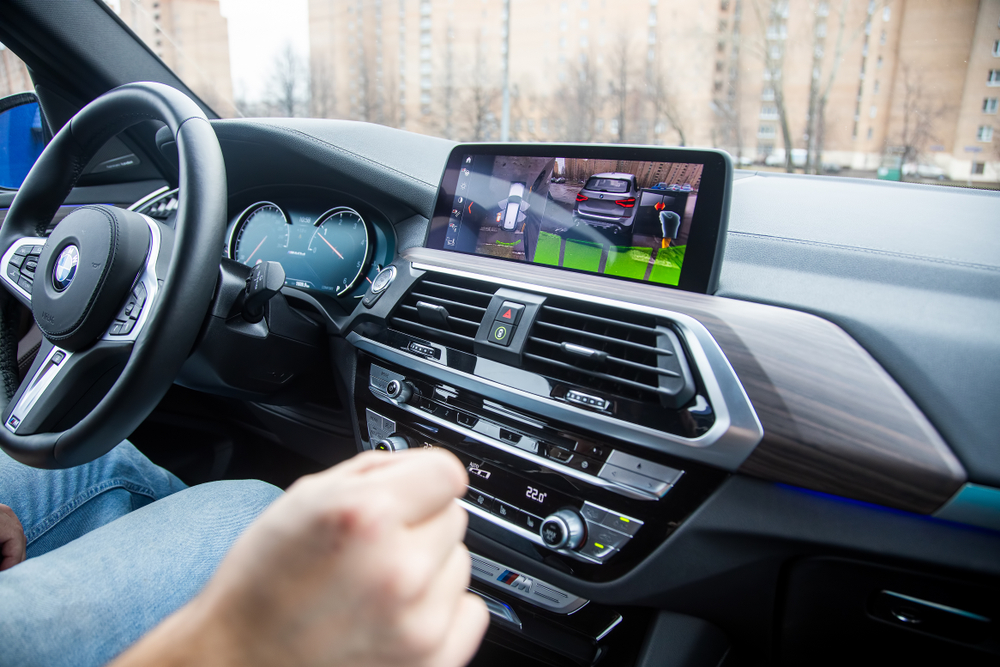
Luxury cars are packed with cutting-edge features designed to impress, but not all of them live up to the hype. Some gadgets and innovations may look cool or futuristic, yet don’t really add much value to your driving experience. Read More.
25 Overhyped Vintage Cars That Don’t Live Up to the Hype
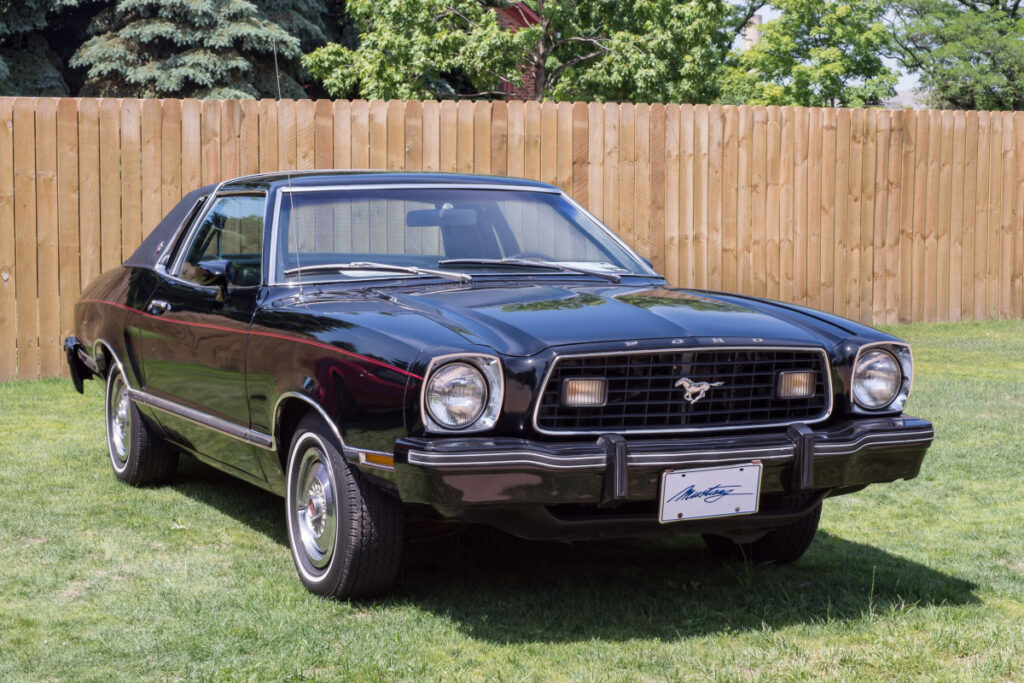
Vintage cars often come with a lot of nostalgia and excitement, but not all classics are as great as they seem. Some may look amazing, but under the hood, they fail to deliver the performance or reliability expected. Read More.

